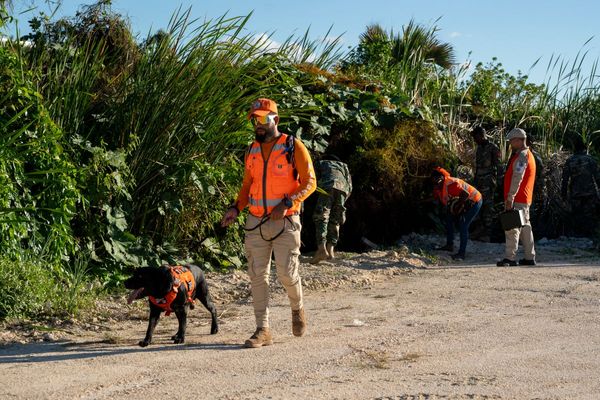
North America will see an unprecedented expansion of the EV battery manufacturing capacity this decade in order to support the upcoming massive shift toward electric cars.
The Department of Energy (DOE)’s Vehicle Technologies Office reports that within roughly ten years (between 2021 and 2030), the total battery manufacturing capacity will increase nearly 20 times.
According to the Argonne National Laboratory (ANL), North America’s battery manufacturing capacity in 2021 was about 55 gigawatt-hours (GWh) per year and it has been pretty flat since 2018 (51 GWh/year), when Tesla launched its Gigafactory in Nevada.
Nearly 1,000 GWh/year by 2030
But things are now different, as ANL notes 90 GWh/year in 2022, and expects 177 GWh/year this year. Considering the announced battery plants in the United States, Canada and Mexico (through November 2022), the volume is expected to increase to 346 GWh/year in 2024, and exceed 800 GWh/year in 2025, reaching nearly 998 GWh/year by 2030.
Those numbers might actually be higher if someone would announces additional battery plants in North America.
The growth from 55 GWh/year in 2021 to nearly 1,000 GWh/year (or 1 TWh) in 2030 is quite amazing. According to the report, by 2030, the industry should be capable of supporting batteries for 10-13 million all-electric vehicles annually (assuming 77-100 kWh per vehicle on average).
Battery plant locations
The new battery plants are usually located in relatively close proximity to vehicle assembly plants to simplify logistics and cut costs.
As we can see below, most of the planned battery plants in the US are concentrated along a north-south band from Michigan to Alabama. The report notes that the highest growth of battery manufacturing capacity (based on announced plans), will be in Kentucky, Tennessee, Georgia, and Michigan.
Planned Battery Plant Capacity in North America by 2030

Source: David Gohlke, Yan Zhou, Xinyi Wu, and Calista Courtney, Argonne National Laboratory, Assessment of Light-Duty Plug-in Electric Vehicles in the United States, 2010–2021, ANL-22/71, 2022.







